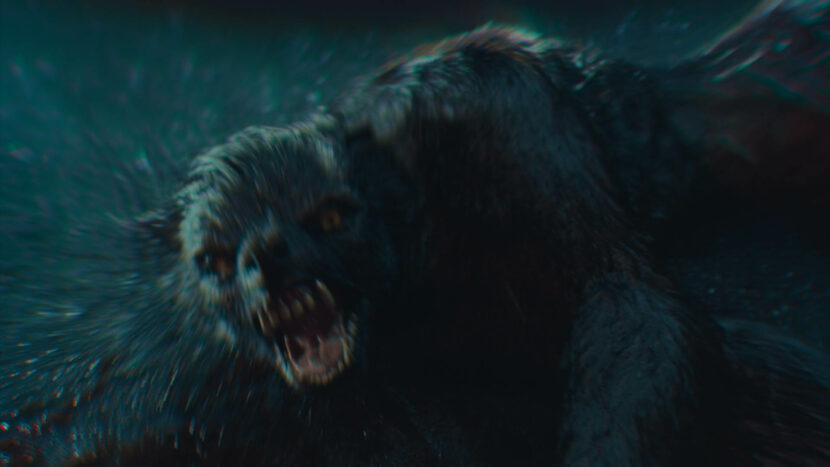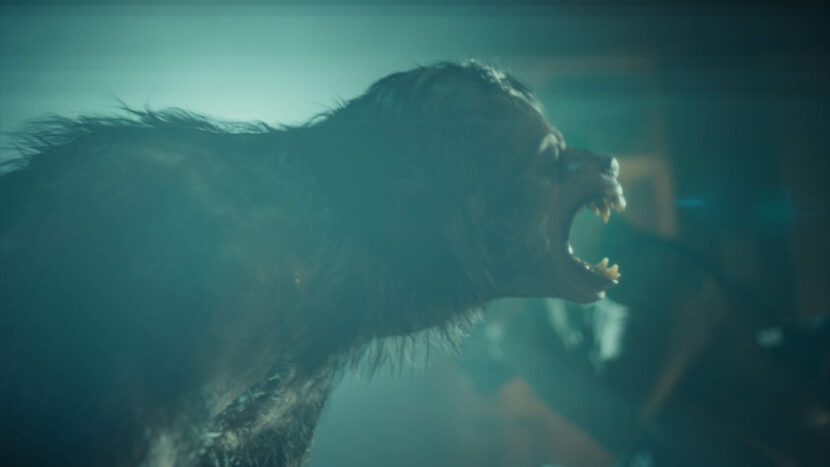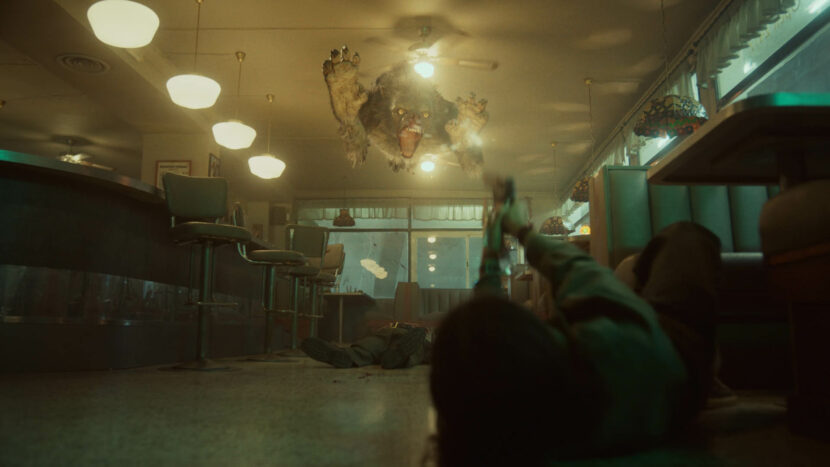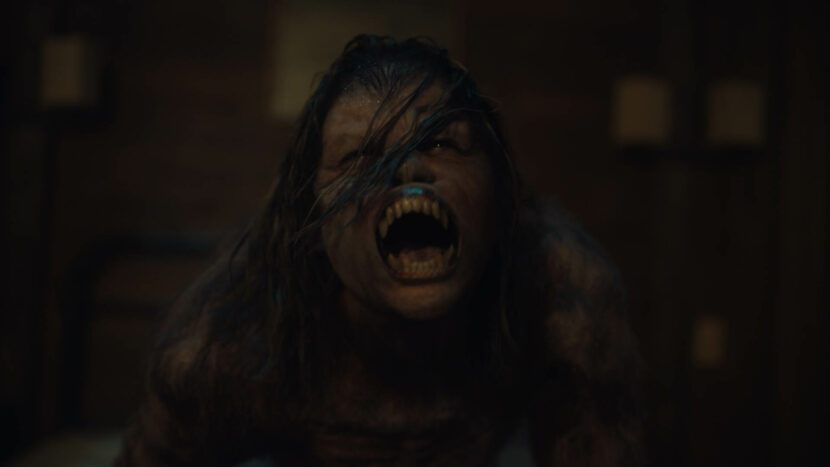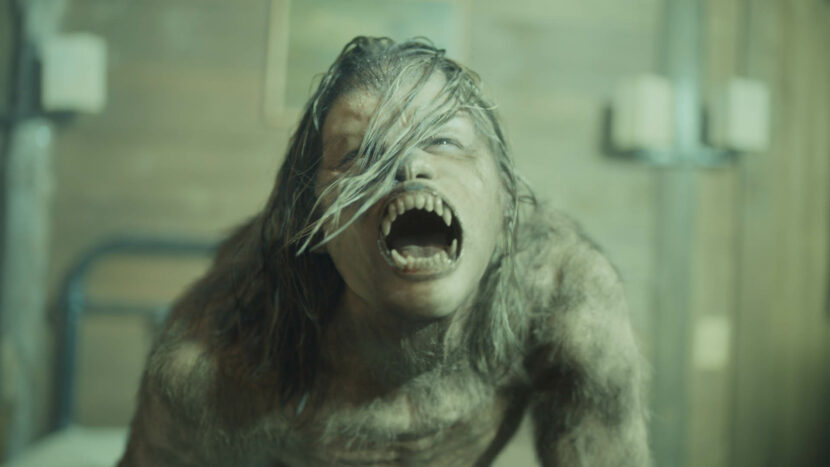‘Mazey Day’, is one of the new episodes in the always brilliant Black Mirror series. After two seasons on Channel 4, the show was acquired by Netflix, which produced subsequent seasons and specials. The show’s popularity only continued to grow, with each episode becoming a cultural phenomenon and sparking discussions and debates online. Series 6 again delivered on this front.
Black Mirror is a British science fiction anthology television series that originally premiered on Channel 4 in 2011, created by Charlie Brooker, the show explores the dark and often unsettling consequences of modern technology, as well as the impact it has on society and the human experience. It was praised for its ability to capture the anxieties and fears of modern society, particularly in regard to technology and its impact on our lives.
The show quickly gained a cult following and critical acclaim for its thought-provoking storytelling and unique blend of science fiction and horror, and this was very evident in the 5 new episodes in the current series 6. ‘Mazey Day’ is a particularly horror-leaning episode, which explores the relationship between fame and paparazzi through the metaphor of the supernatural. Set in 2006, in LA, it tells the story of Bo, a paparazzi photographer, who hunts her subjects to terrible consequences.
The Ep was written by Charlie Brooker. ‘Mazey Day’ centers on a troubled starlet who is dogged by invasive paparazzi, but the story required ambitious visuals. For this, the production turned to Framestore to deliver the other-world visual effects.
In this gripping episode, Framestore delivers an unmissable transformation sequence that showcases the company’s remarkable creature work. Framestore embarked on the complex process of transforming a woman into a werewolf to deliver some of the episode’s most graphic scenes. The project’s intricate and multifaceted nature, encompasses both anatomical and creative aspects. To pull this off the Framestore VFX team was composed almost exclusively of Heads of Department.
“We developed a transformation asset which could morph from full digi-double to werewolf,” explains Framestore VFX Supervisor, Jay Khan. “This was essential in being flexible enough to change parts of the transformation from shot to shot”.
Once the final look for the wolf had been established, Framestore’s asset team worked on fitting their digi-double of the actress to the final wolf pose. “After weeks of refining, we were able to achieve a seamless blend between human and wolf. This meant that we could work towards a fully transformable asset that would give us the greatest flexibility with the client and allow us to explore all the different ways we could execute the transformation” explains Framestore CG Supervisor, Phil Robinson.
One of the biggest challenges with this workflow was the rigging. To allow different features to transform, intuitive controls were needed that were also able to transform to their new positions within the anatomy – all the while giving the freedom to reach the level of expressive performance that would be involved in an entire body crunching and breaking into position.
“Sculpted expressions were key – but we needed to make sure that they worked across each level of transformation. We had many, many conversations, iterations, and updates about teeth” Robinson adds.
For this asset, the team needed to continually consider all stages of the pipeline. “We would need to decide early on what we were hoping to accomplish in modeling, rigging, animation, and importantly creature FX. We developed a system where we would output multiple caches to CFX, with varying levels of transformation, allowing them to create stretching in areas but fully retaining the performance achieved in animation. We also had a system for bones breaking and shifting into place” explains Robinson.
The team created a base level of CG groom so that they could control the growth in certain areas per shot, adding bespoke grooms in shots as needed. Having such flexibility in the asset was invaluable in eventually landing on what the clients were wanting to achieve.
Khan concludes: “The chance to work on a werewolf transformation was an exciting challenge, one which required experts from all disciplines to work closely together. Being part of the Black Mirror series made it all the more compelling and gave us the opportunity to lean on our dark side”.

